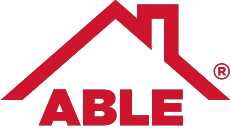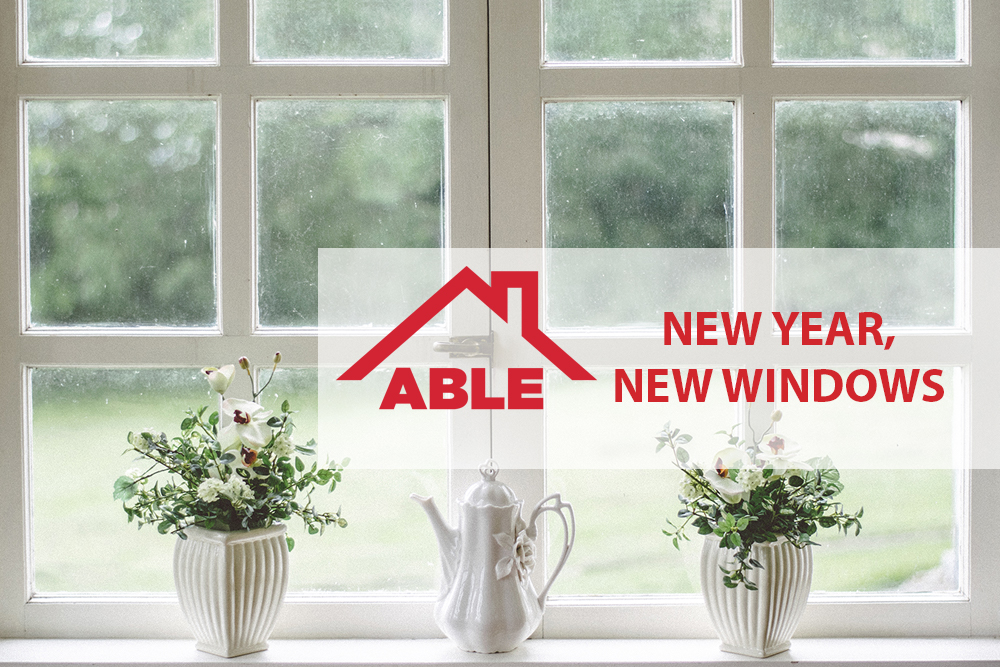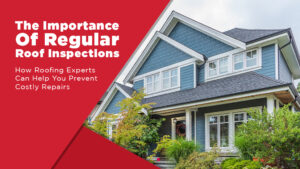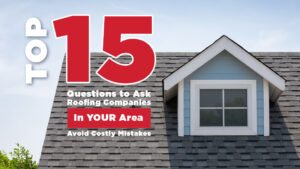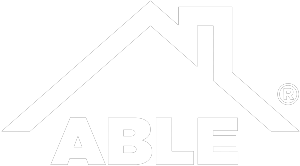If you’re looking to upgrade your home to make it more energy efficient and comfortable, or you’re simply looking to sell it, kick off 2018 with some new energy-efficient windows! Depending on their age, your current windows could be your home’s weakest point in the ongoing war to keep your home at a comfortable temperature without draining your wallet. An investment in your windows is an investment in your life. Here are some things to consider as you contemplate replacing your windows this New Year.
Window Lingo
Before you go shopping for windows, you should familiarize yourself with some terms to help you decide. Here is a list of some terms you will find on window labels:
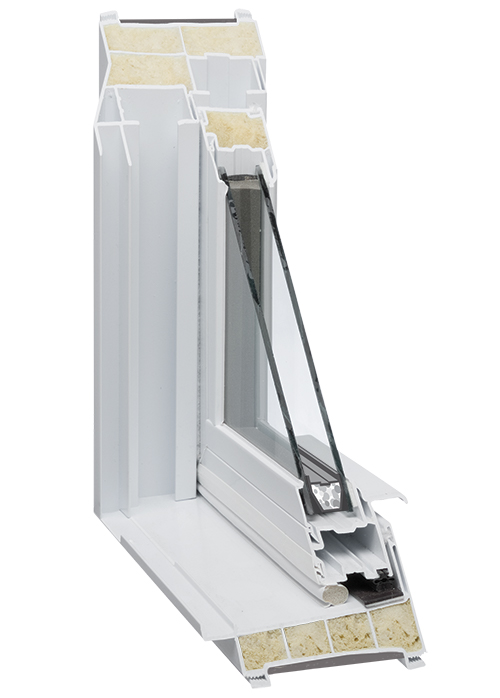 Glazing. Glazing is a bit of a misnomer, and many believe this is the glaze on the glass. In fact, glazing actually refers to the type of glass used in the window and when your windows need to be re-glazed it means the glass panes are in need of replacement. When it comes to maximizing energy efficiency choose double pane or triple pane windows separated by an insulating gas.
Glazing. Glazing is a bit of a misnomer, and many believe this is the glaze on the glass. In fact, glazing actually refers to the type of glass used in the window and when your windows need to be re-glazed it means the glass panes are in need of replacement. When it comes to maximizing energy efficiency choose double pane or triple pane windows separated by an insulating gas.- Low-E. This stands for low-emissivity, and it represents the window’s ability to reflect heat. To do this, the glass needs a thin metallic coat. This process can be applied to pre-existing windows if the frames are still in good condition. Windows made in the factory to be Low-E are more effective in this category. If you have large windows or a house with numerous or complicated window arrangements, it’s best to have a professional come coat your windows with this film.
- Gas Fills. These windows contain argon or krypton inserted between glazing layers, thus improving insulating and heat reflection abilities. However, homes at high altitude should avoid this type of window, because air pressure differences force the gas out.
- Spacers. These separate sheets of glass in a window help with insulation. How these are made and what material is used matter greatly in terms of condensation prevention and heat loss.
- Frame Materials. Frames are made from a variety of sources, including aluminum, fiberglass, vinyl, wood, or a combination. Each has their own strengths. Aluminum is light, stable, and stops sound well. Fiberglass is also stable and easy to maintain. Wood offers the classic look and is easily painted or stained. Vinyl is easy to maintain and good at insulation. However, each has its own flaws. Wood and vinyl are susceptible to moisture, while wood is hard to maintain properly, and vinyl contracts or expands with temperature changes. Aluminum conducts heat rather than reflects it, and fiberglass is expensive.
Price vs. Energy
The most energy-efficient windows available are the most expensive, but you don’t have to pay top dollar for energy efficiency. Remember to look beyond manufacturing ratings on the label. Other factors, such as the frame and other components or your home’s location, alter a window’s energy efficiency. Here at Able Roof, we offer windows that are energy star certified.
Are you considering new windows for your home this year? Contact Able Roof today and schedule a free appointment to speak with one of our professional installation experts about your home.
